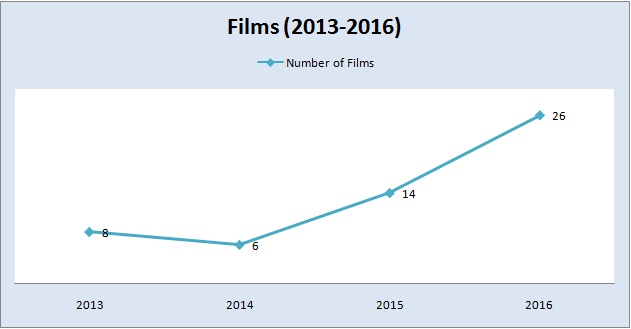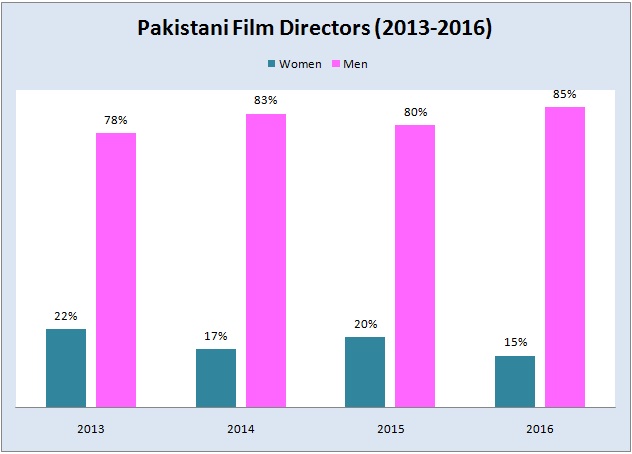By The Lily
In the past two weeks, Malala Yousafzai turned 20, graduated high school, joined Twitter and set off on a summer-long trip throughout the world to meet with young girls and help them fight for their right to education. The Girl Power Trip is taking Yousafzai through North America, Latin America, the Middle East, Europe and Africa.
She answered these questions for The Lily over email after spending time in Nigeria, the country with the highest number of out-of-school girls in the world.
The Lily: Whose idea was the Girl Power Trip, and why did you want to make it happen? How did you choose which countries and communities to visit? What portion of the trip are you most looking forward to? Could you highlight issues in specific countries that prevent girls from attending school? Were any of them a surprise to you?
Malala Yousafzai: I worked on the Girl Power Trip with the team at Malala Fund. We wanted to do this trip because the reasons girls are out of school vary between regions and countries. This is a complex problem without a single solution, but I believe we can see every girl in school in my lifetime.
In the Iraq and Kurdistan, violent conflict and wars have forced many girls to flee their homes — and their schools. In Nigeria, government spending on education is so low; millions of girls live in poverty and can’t afford private schools. They have dreams to be bankers and nurses — but instead they’re out of school and working low-paying jobs.
Next I’ll be making my first visit to Latin America and I’m excited about that. It’s the only continent in the world where child marriage is increasing instead of decreasing. That really surprised me. Teen pregnancy is also a big problem.
Girls are de-prioritized all over the world — in big and smaller ways. In some communities, girls don’t even have access to working restrooms at school, forcing them to choose between their dignity and privacy or their education.
TL: Since circumstances are different in each community, what advice do you typically give to girls trying to get an education?
MY: The Girl Power Trip is really about me listening to girls — hearing their stories and the challenges they face in going to school. I do try to encourage them, but they don’t need my advice. They have faced incredible hardships like child marriage, wars and poverty — and they’re still so determined to go to school.
I can stand with them and support them, but they don’t need me or anyone to tell them how to fight for their rights. They’re already fighting.
TL: What’s the best piece of advice you’ve gotten amid the hardships you’ve faced pursuing an education?
MY: I often say that I tell my story not because it is unique, but because it is the story of many girls. I think realizing that you’re not alone, that you are standing with millions of your sisters around the world is vital.
TL: Throughout your advocacy — and on the Girl Power Trip stops so far — you’ve likely met countless young girls and women who have had a difficult time trying to attain an education. What’s one story that you will never forget?
MY: I’ve been campaigning for girls’ education since I was 11 years old. And I’ve met many, many brave girls on my travels around the world.
I carry them all with me every day. But right now I am thinking of a girl I just met in Kurdistan. Her name is Najla and she’s a Yazidi girl. When she was a young teenager, her family wanted her to get married. She ran away from home in her wedding dress! She told me, “I left my high heels because I couldn’t run in them.”
She was ostracized from her family but still able to go to school. Then ISIS came to her village. They shot at her as she fled and hit her in the hand. She showed me the scar where the bullet hit her.
Today she lives in a concrete shell of an unfinished building without electricity or running water. She walks over an hour to school. But she’s happy to be free and back in a classroom. These are the incredible things girls will do to get an education and choose their future for themselves.

Malala Yousafzai in a group discussion with some of the students at Yerwa Girls School in Maiduguri, Nigeria, on July 18. (Afolabi Sotunde/Reuters)
TL: You’re a passionate education advocate leading an organization and a full-time student. What do you do for fun when you have time to relax?
MY: I read a lot and go out with my friends. I also try to have fun with my little brothers, but it often ends up in arguments and fights!
TL: What has been the hardest part about living in the U.K. as opposed to your home country of Pakistan? Do you keep in touch with your friends? Were many of them able to complete school and pursue college?
MY: It took me a while to adjust to the new environment and culture in the U.K. When I first started school here, I didn’t know if I would make any friends or if anyone would feel comfortable talking to me. But I’ve made great friends and they’ve helped me have a normal life.
I do talk to my friends in Pakistan as well, especially my best friend Moniba. I hope we will be reunited in our hometown someday.
TL: Where will you be attending college, and what do you hope to study?
MY: I won’t know about my university acceptance until later in the summer. I plan to study philosophy, politics and economics.
TL: What is your favorite book or who is your favorite author?
MY: My favorite book is “The Alchemist” by Paulo Coelho.
Recently I read “Stolen Girls” by Wolfgang Bauer, in preparation for my Girl Power Trip stop in Nigeria. “Stolen Girls” tells the stories of brave and resilient women and girls kidnapped by Boko Haram.
TL: You’re a role model for so many people, young and old. Who is someone you look up to and why?
MY: My parents. When I was 17, someone asked me, “Who would you have been if you were just an ordinary girl from the Swat Valley?” I said that I am an ordinary girl from Swat Valley. But if I had an ordinary father and an ordinary mother, I would have two children by now.
My parents didn’t think I was less than my brothers because I’m a girl. My father Ziauddin says, “Don’t ask me what I did. Ask me what I did not do. I did not clip her wings."
TL: You’ve written a blog and a book and continue to write for your website. Do you keep a personal journal to document your life?
MY: I try to. But my schoolwork and my travels with Malala Fund keep me from writing as much as I’d like. As school is finished now, I might start writing in my personal journal more often.
TL: What was the best thing that happened to you on your birthday?
MY: The night before my birthday, I went to an amusement park in Kurdistan with girls from camps for internally displaced people. Girls in this region — Iraqi, Kurdish, Yazidi, Christian — they have all suffered so much in their young lives. It was great to see them forget their fears for a while and laugh and enjoy the rides.
One of the girls brought a 6-year-old orphan boy named Yusef with her. Even though it was an outing for girls, I think he had the most fun.





